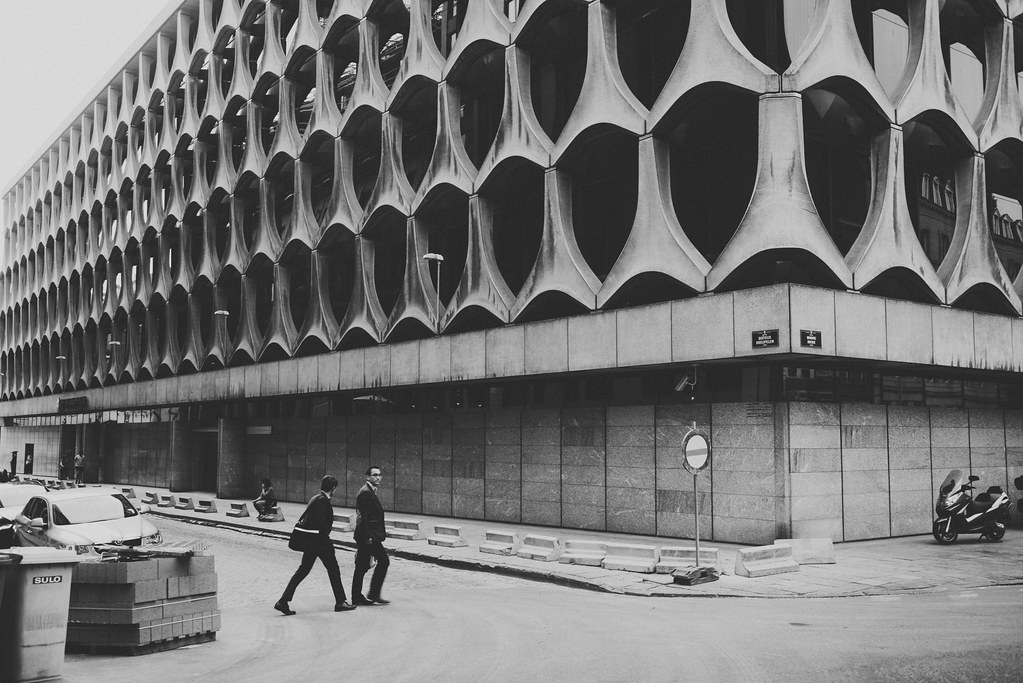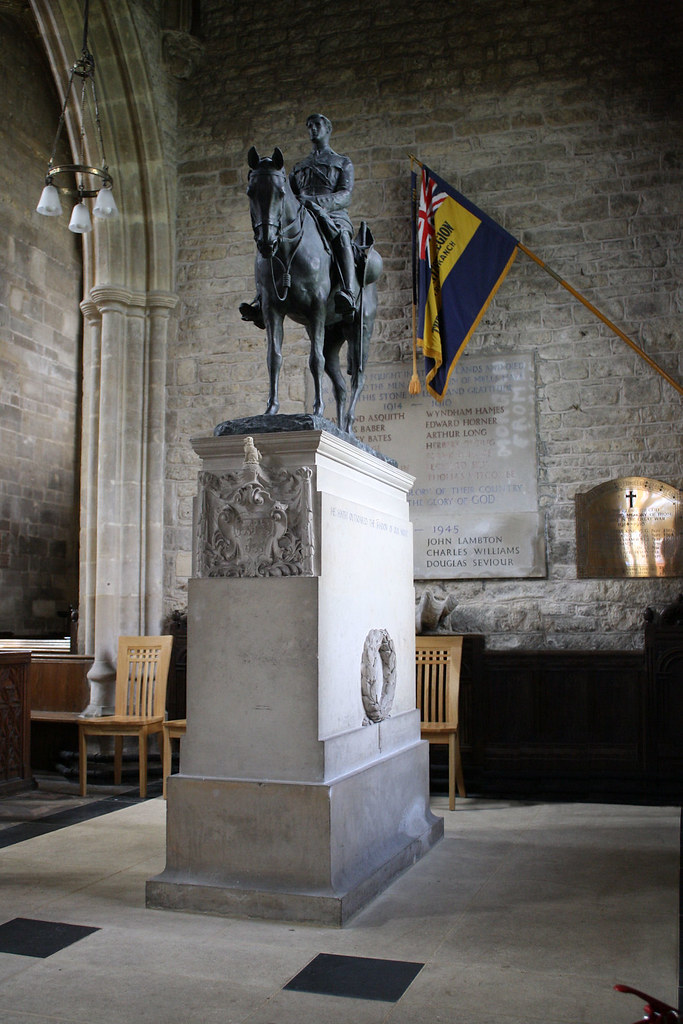Step into a world where grandeur and magnificence reign supreme, where structures rise up to touch the sky and leave us in awe of human ingenuity. In this comprehensive guide, we will delve into the captivating realm of monumental architecture, exploring the breathtaking beauty that these structures possess. From ancient wonders that have withstood the test of time to modern marvels that push the boundaries of engineering, we will uncover the secrets behind their creation, the stories they tell, and the impact they have on our collective consciousness. Prepare to be transported to a world where art and architecture intertwine, where every detail is meticulously crafted to create a lasting impression. Join us as we embark on a journey to unveil the beauty of monumental architecture.

Monumental architecture has a rich history that spans across ancient civilizations to modern times. From the towering pyramids of Egypt to the majestic temples of Greece, each era has contributed to the evolution of this architectural style. These structures were not only built for practical purposes but also served as symbols of power, religion, and cultural identity. Over time, monumental architecture has evolved in terms of design, materials, and construction techniques, reflecting the changing needs and aspirations of societies.
Embarking on a visual journey, one can explore the iconic monuments that grace different corners of the world. From the magnificent Taj Mahal in India to the awe-inspiring Great Wall of China, these structures captivate the imagination and leave a lasting impression. Each monument tells a unique story, showcasing the ingenuity and creativity of the civilizations that created them. Through photographs and narratives, this exploration offers a glimpse into the diverse architectural marvels that have become symbols of human achievement.
Monumental architecture holds great symbolism and significance in various cultures around the globe. These structures often embody the values, beliefs, and aspirations of a society. From the religious sanctuaries that inspire devotion to the memorials that commemorate important events, monumental architecture serves as a tangible expression of collective identity. The architectural elements, such as intricate carvings, symbolic motifs, and grand proportions, convey deeper meanings and evoke emotional responses. Understanding the symbolism behind monumental architecture provides insights into the cultural fabric of different communities.

Monumental architecture has been an integral part of human civilization for centuries. From the grand pyramids of Egypt to the towering skyscrapers of today, the construction of monumental structures has evolved and adapted to the changing needs and aspirations of societies.
The creation of monumental architecture requires intricate planning, engineering, and construction techniques. From the use of massive stone blocks in ancient structures to the innovative materials and technologies employed in modern buildings, understanding the methods behind these awe-inspiring creations is key to appreciating their magnificence.
Monumental architecture comes in various forms, reflecting the cultural, technological, and aesthetic preferences of different societies. Whether it's the pyramids of Giza, the Gothic cathedrals of Europe, or the sleek skyscrapers of contemporary cities, each architectural style tells a unique story and leaves a lasting impact on the built environment.
Monumental architecture not only shapes the physical appearance of cities but also plays a significant role in attracting tourists and fostering cultural identity. The iconic landmarks and structures become symbols of a place, drawing visitors from around the world and contributing to the economic and cultural vitality of the host city.

Monumental architecture plays a crucial role in commemorating significant historical events and figures. These structures serve as tangible symbols of remembrance, allowing communities to honor and remember important moments and individuals. Monuments and memorials often serve as gathering places for reflection and commemoration, providing a physical space for people to connect with their shared history and pay tribute to those who have shaped their society.
The preservation and restoration of monumental architecture present unique challenges and require careful consideration of best practices. These structures often face the effects of time, weather, and human activities, necessitating ongoing maintenance and restoration efforts. Preservation efforts must balance the need to protect the historical integrity of the architecture while ensuring its accessibility and safety for future generations. Best practices involve utilizing appropriate materials, techniques, and technologies to safeguard the structure's authenticity and cultural significance.
Religion and spirituality have long played a significant role in the design and construction of monumental architecture. These structures often serve as sacred spaces, reflecting the beliefs, rituals, and values of religious or spiritual communities. Monumental architecture can embody the divine and create a sense of awe and reverence. The design elements, such as grandeur, symbolism, and sacred geometry, are carefully incorporated to evoke a spiritual experience and foster a connection between the individual and the divine.
When designing monumental architecture, it is crucial to consider the environmental impact of the structure. Sustainable design principles can be applied to create buildings that minimize energy consumption, reduce waste, and promote the use of renewable resources. Balancing aesthetics and environmental responsibility is essential to create structures that not only visually impress but also contribute positively to the surrounding ecosystem.
Monumental architecture serves as a reflection of the values and power structures within a society. These structures often symbolize the ideals and beliefs of a community and can be used to communicate messages of power, authority, or cultural significance. Understanding the historical and social context behind these architectural marvels can provide valuable insights into the society that created them.

Monumental architecture plays a significant role in shaping a nation's identity and fostering a sense of pride among its citizens. These structures can serve as iconic landmarks that represent a country's history, culture, and achievements. They become symbols of national unity and can evoke a sense of patriotism and belonging among the people.
Unique architectural marvels are a testament to the creativity and ingenuity of architects who push the boundaries of conventional design. These structures captivate and inspire with their unconventional shapes, forms, and materials. From the twisting, gravity-defying curves of the Guggenheim Museum Bilbao to the gravity-defying cantilevers of Frank Lloyd Wright's Fallingwater, these unconventional designs challenge our perception of what is possible in architecture. By breaking away from traditional norms, these monumental structures become landmarks that leave a lasting impression on visitors and redefine the possibilities of architectural design.
Monumental structures often serve as a canvas for artistic expression, blurring the lines between art and architecture. Architects collaborate with artists to create visually stunning and thought-provoking designs that evoke emotions and tell stories. The Sydney Opera House, with its iconic sail-like roof, is a prime example of how architecture can become a work of art. The intricate and colorful stained glass windows of Antoni Gaudí's Sagrada Família in Barcelona also showcase the fusion of art and architecture. By integrating art into monumental structures, architects create immersive experiences that engage and inspire visitors, transforming the built environment into a living gallery.
While famous landmarks like the Eiffel Tower and Taj Mahal dominate the public's attention, there are countless lesser-known monumental architectural treasures scattered around the world waiting to be discovered. From the stunning geometric patterns of the Sheikh Zayed Grand Mosque in Abu Dhabi to the ancient rock-cut city of Petra in Jordan, these hidden gems offer a glimpse into the rich architectural heritage of their respective regions. Exploring these lesser-known monumental structures allows us to appreciate the diversity of architectural styles and techniques employed throughout history. These hidden gems not only showcase the skill and craftsmanship of their creators but also offer a more intimate and immersive experience for those who seek them out.

Discover the extraordinary world of unconventional monumental designs in architecture. From gravity-defying structures to mind-bending shapes, explore the innovative and awe-inspiring creations that push the boundaries of architectural possibilities.
Witness the harmonious blend of art and architecture in monumental structures. Delve into the intricate details and artistic elements that transform buildings into breathtaking works of art, where form and function coexist in perfect harmony.
Embark on a journey to discover lesser-known monumental architecture around the world. Uncover hidden gems that often go unnoticed, yet hold immense historical, cultural, and architectural significance, offering a fresh perspective on the world of monumental design.
Explore the profound impact of technology on contemporary monumental architecture. From advanced construction techniques to sustainable design solutions, witness how technology has revolutionized the way monumental structures are conceived, built, and experienced.
Witness the use of innovative materials in monumental architecture that push the boundaries of traditional construction. From cutting-edge composites to sustainable alternatives, discover how these materials not only enhance the aesthetics but also redefine the possibilities of monumental design.
Explore the profound impact of monumental architecture on human emotions and well-being. Discover how the design, scale, and spatial qualities of monumental structures can evoke powerful emotions, create a sense of awe, and contribute to the overall well-being of individuals within their built environment.
In conclusion, the topic of "Unveiling the Beauty of Monumental Architecture: A Comprehensive Guide" is of utmost importance as it sheds light on the significance and impact of architectural masterpieces throughout history. Monumental architecture not only represents the creativity and skill of human beings but also serves as a testament to the cultural, social, and political values of a society. By exploring these architectural wonders, we gain a deeper understanding of our past and the civilizations that came before us. Moreover, the study of monumental architecture has a profound relevance in today's context as it inspires contemporary architects and designers, shaping the future of our built environment. It serves as a reminder of the power of human imagination and the potential for creating awe-inspiring structures that stand the test of time. Ultimately, this comprehensive guide allows us to appreciate and celebrate the beauty and grandeur of monumental architecture, fostering a greater appreciation for our shared heritage and the importance of preserving these architectural treasures for future generations.
Immerse yourself in architecture’s most boundary-pushing ideas—where innovative home improvements meet visionary urban developments. Discover new building techniques, materials, and creative concepts that are redefining how we shape our spaces on a global scale.